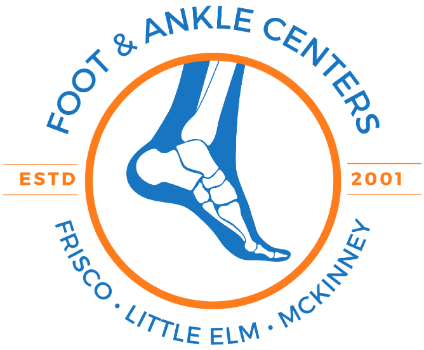Our Board-Certified Podiatrists Can Help Your High-Arch Foot Issues
If you’ve ever noticed that your feet look a bit different from most, you may have either high-arch or cavus foot. While both of these conditions can cause discomfort, feeling unbalanced on your feet, and difficulty performing everyday activities, understanding the differences between them can help you find relief.

Conditions Related to an Abnormally High Arch
High-arch foot, or pes cavus, is a condition that causes the arch of the foot to be higher than normal. This can lead to an inability to properly distribute your weight with each step, resulting in pain and discomfort. It can also cause a variety of other issues and symptoms, such as:
- Difficulty in walking
- Pain and discomfort in the feet and ankles
- Numbness in the feet
- Development of calluses
- Increased risk of plantar fasciitis
- Instability in the foot
- Inability to properly distribute weight with each step
- Increased risk of ankle sprains

